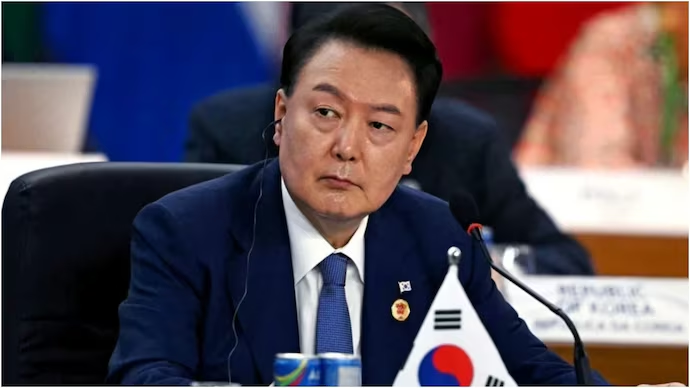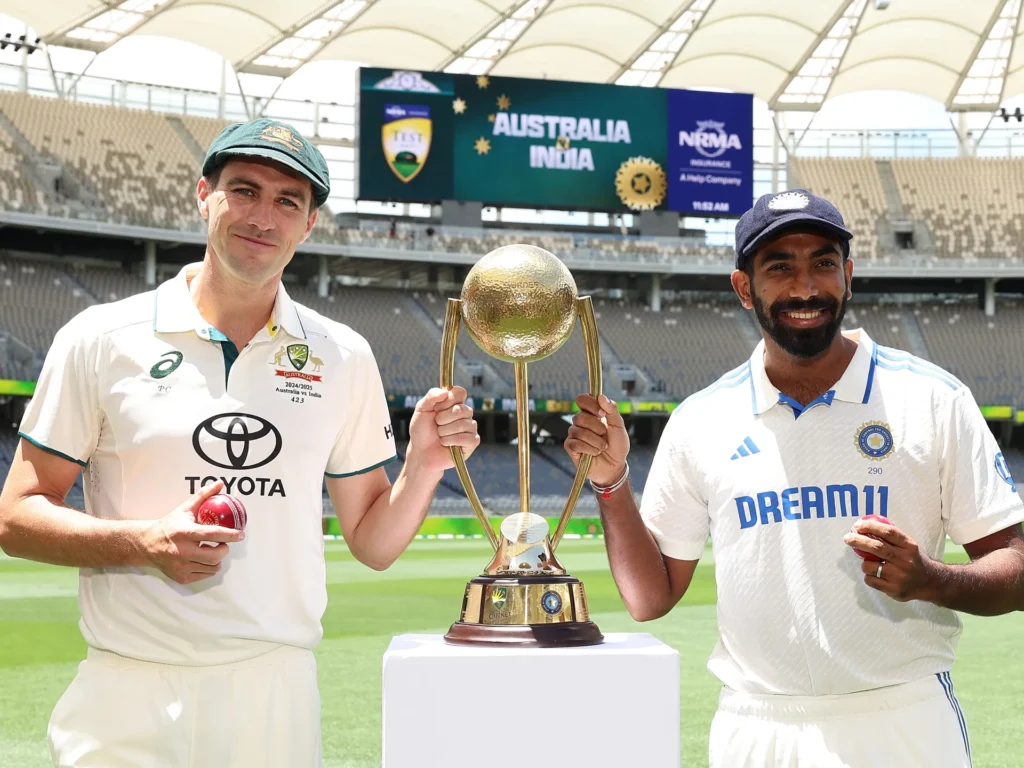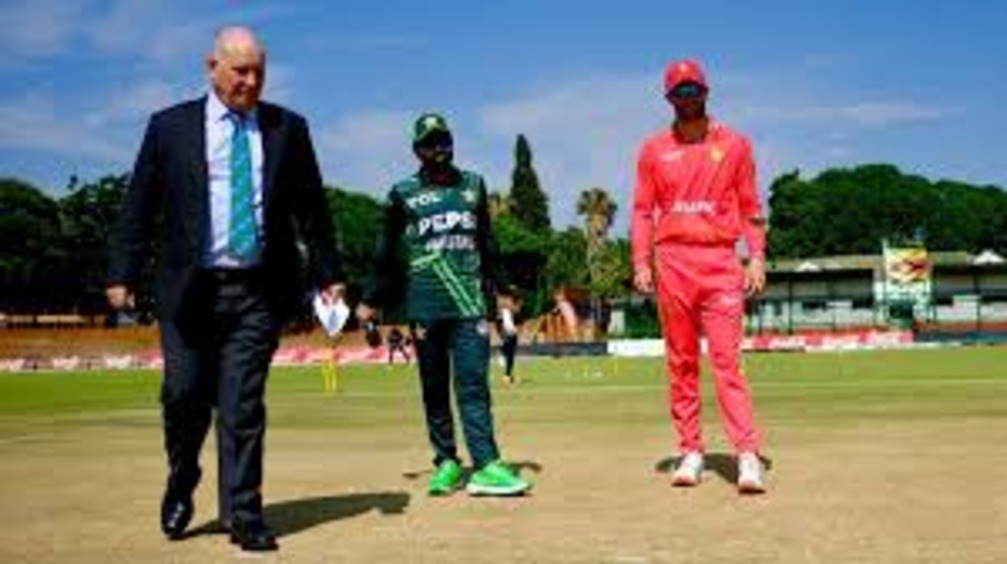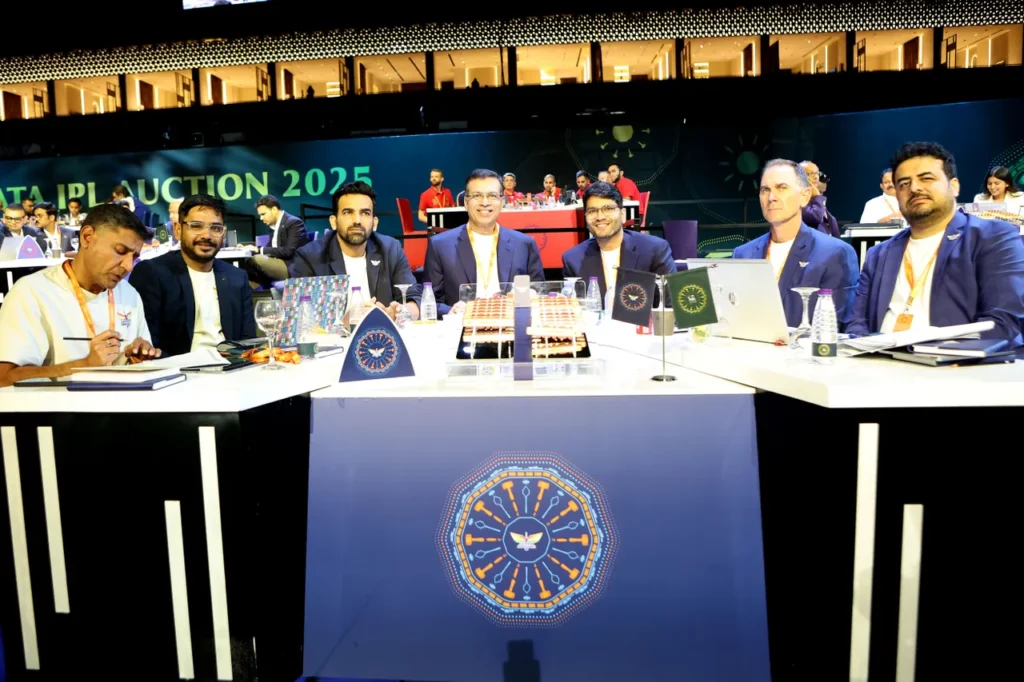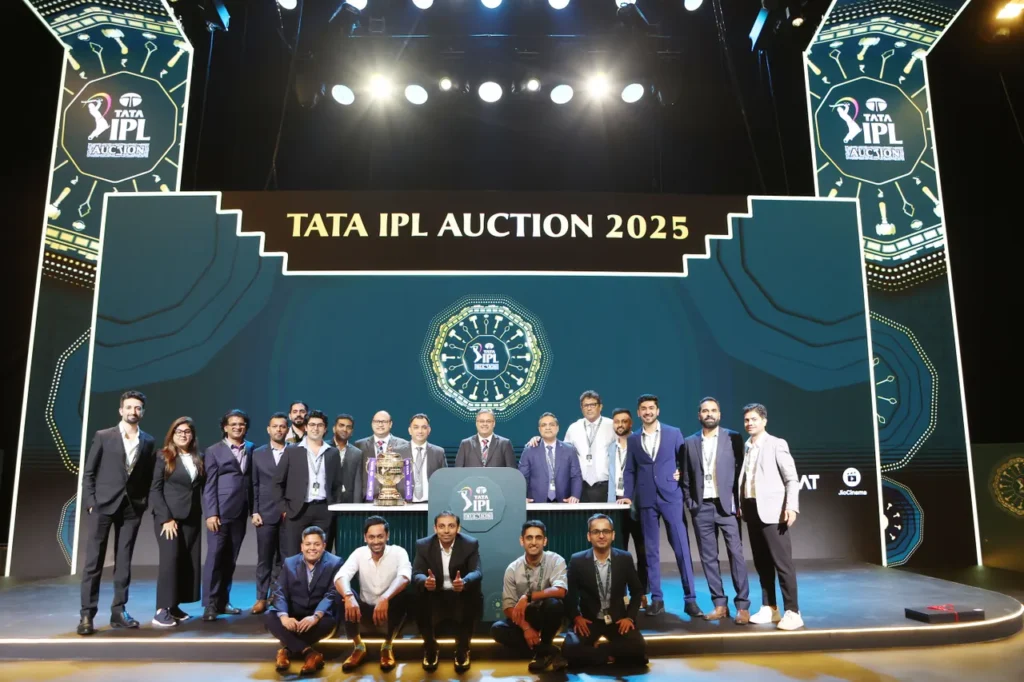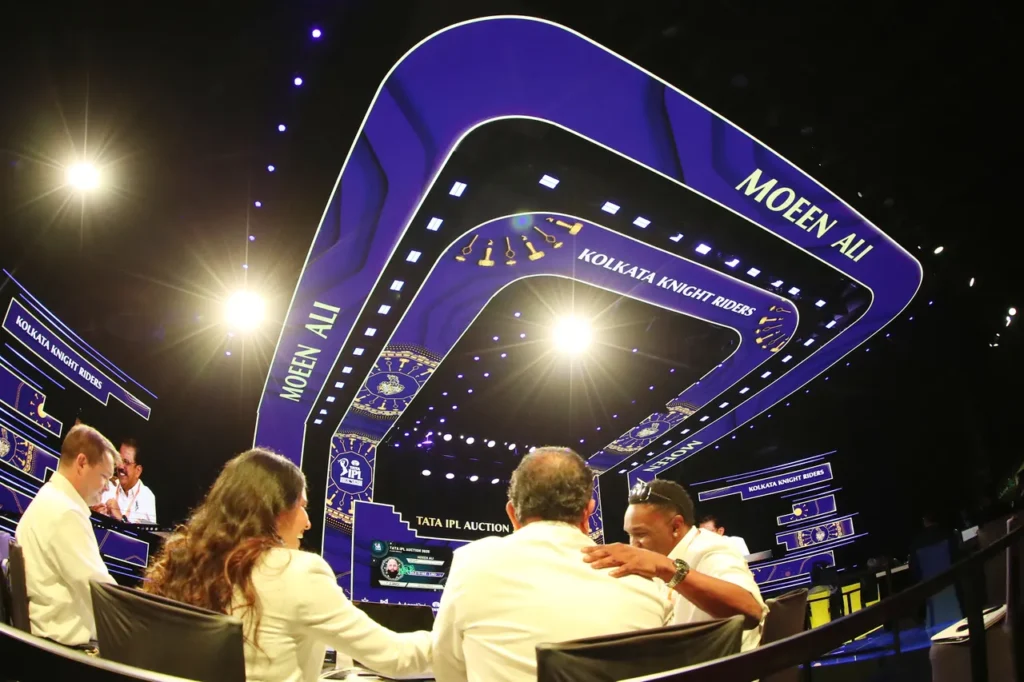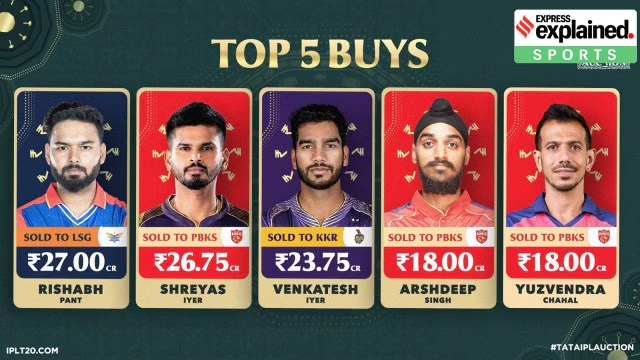Understanding the Right-to-Match Option in IPL Auctions and Its Impact This Year
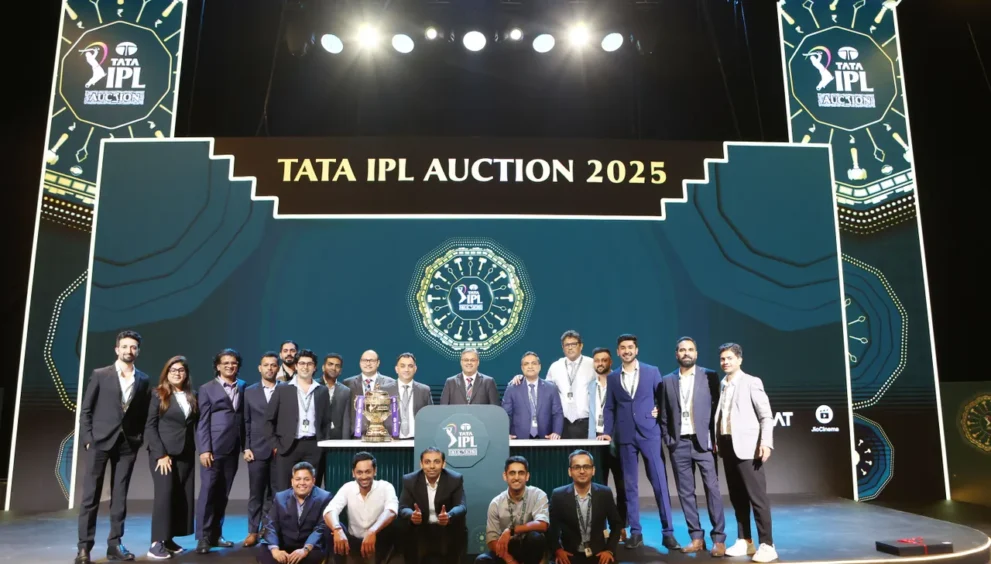
In one of the most fascinating moments of the Indian Premier League auctions — which took place in Saudi Arabia’s Jeddah — Mumbai Indians owner Akash Ambani walked over to Royal Challengers Bengaluru’s table and shook hands. This happened after RCB chose not to play the Right-To-Match option for English batter Will Jacks, and MI got their man.
This was just one of the many intriguing calls over the two days surrounding the RTM rule that was brought back this year, but with a twist.
What is RTM?
Right-To-Match, as the name suggests, allows franchises to bring back a player they had released before the retention deadline. Every three years, there is a mega auction in the IPL that allows franchises to reset and level the playing field. The more successful teams have reportedly not been in favour of mega auctions because they want to retain as many players as they can.
So, ahead of this year’s auction, the league announced that the franchises could retain six players from their existing squad. This could be either via retention at fixed-price slabs or by using the RTM option at the auction. Teams tend to use RTM if they believe they can get a player cheaper than through their existing contracts.
Also in Explained | IPL auction in Saudi Arabia: Whys of sportswashing are well-known, the hows reveal the weakness of sport
How was it different this year?
The RTM was used at the mega auctions before IPL 2014 and IPL 2018, but scrapped before the 2022 edition. It made a comeback this year but with a modified clause. In the past, if the franchise used RTM after another team’s successful bid for one of their released players, it was enough to sign them back. But this time, after a franchise used RTM, the highest bidder was allowed to name an improved one-time price, which the older franchise had to match or let the player go.
Ahead of the auctions, KKR and RR retained all six players, and so didn’t have any RTM option available.
How did it play out early in the auction?
Advertisement
The modified RTM rule made for interesting dynamics, going both ways for franchises.
The very first player to be signed on Day 1 of the auction was through RTM. Punjab Kings had retained only two players ahead of the auction, so had four RTM options to use. So when Arshdeep Singh’s name came up, with his rise in international cricket as India’s foremost wicket-taker in this format, the bidding war was intense. First CSK and DC, then came GT. Later RCB, RR, and SRH. The winning bid was deemed to be SRH’s Rs 15.75 crore. But PBKS played their RTM as expected, and it was SRH’s turn to name a new price as per the new rule. SRH raised the amount to Rs 18 crore, and PBKS decided to match that and brought back their player. Interestingly though, PBKS could have easily retained Arshdeep at that price before the auction.
What happened with Will Jacks?
As mentioned at the start, when Will Jacks’ name came up, there was a general expectation that RCB would use the RTM to bring back the English opener, who impressed in the 2024 edition with a century that drew admiration from Virat Kohli too. But when RCB said they weren’t going to match MI’s bid at Rs 5.25 crore, the Mumbai owners couldn’t hide their happiness. So much so that Akash Ambani had to go thank RCB personally.
Were there RTMs that didn’t work out?
Rishabh Pant’s bidding war wasn’t a surprise. Widely expected to be the most expensive purchase at these auctions, Pant generated serious interest, especially from LSG who eventually got the winning bid at Rs 20.75 crore. But there was a twist. When Pant was let go by Delhi Capitals, there were murmurs that he wasn’t wholly happy with certain aspects of the management. But rather surprisingly, DC played the RTM option at Rs 20.75 crore. After a quick huddle, LSG owner Sanjeev Goenka decided to break the bank and gestured that the new price would be a whopping Rs 27 crore. The deal was sealed, in typical Pant style, with a maximum (increase of just Rs 6 crore) at the end.
How many RTMs were used finally?
Advertisement
A total of 8 players were brought back by franchises using the RTM option. On Day 1, apart from Arshdeep Singh to PBKS, three other players saw the use of RTM. Australia’s highly-rated aggressive opener Jake Fraser-McGurk came back to DC at Rs 9 crore. Uncapped Punjab player Naman Dhir, who impressed for Mumbai Indians in brief cameos, came back for Rs 5.25 crore.


 English
English 